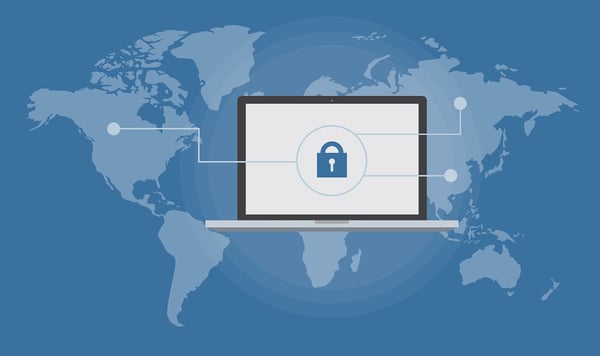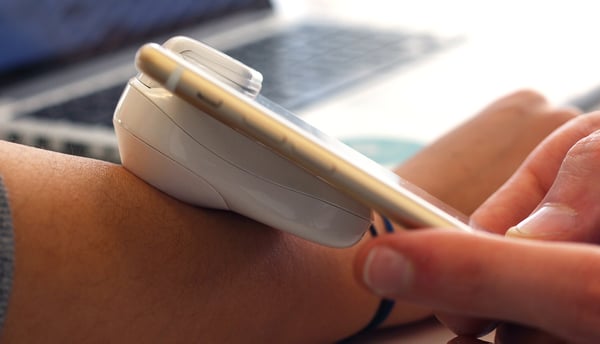What are the main concerns around teledermoscopy services implementation?
Despite the numerous facts in favour of the utilization of this methodology and how it can help alleviate dermatologist shortage in highly underserved areas,1 many erroneous ideas still persist affecting its full acquisition as a general practice in standard dermatology services. Five of the most common myths in teledermoscopy are discussed as follows:
- Cost of equipment: doctors and patients can benefit from the inexpensive and complementing services offered by cloud-based dermatology software with the support of mobile dermoscopes. With devices costing less than $1000, MoleScope is a functioning example of the dermoscopy made accessible for both dermatologists and GPs looking to further dermatology services within their practice.
- Absence of patient participation: the very nature of teledermoscopy requires the active engagement of patients. So much so, that they are the ones taking initiative to care for their own skin health and promoting regular check-ups as they share images of suspicious spots with their dermatologists over the online system.
- Unsatisfactory image quality: the advent of mobile phones with increasingly greater quality in their cameras has made these devices the perfect equipment to couple with mobile dermoscopy. The potency of these imaging capabilities can be exploited as they are combined with the amplifying capacity of MoleScope for greater insight into the lesion’s nature.

- Computer knowledge required: despite a basic level of technological savviness, there is no real requirement for deep understanding of computer systems in order to operate a mobile dermoscope and share images with a dermatologist. The reality is, whoever is able to operate a mobile phone is also able to perform teledermatology.
- Unsafe practice: despite the normal risk associated to the sharing of data over internet networks, the utilization of cloud-based dermatology software brings associated benefits to security given their remote nature. Centralized systems can be accessed only by authorized users as controlled by the host server. In fact, modern cloud-based systems including DermEngine are compliant with HIPAA and many other online security protocols that guarantee a level of encryption of the information transmitted, preventing any potential breaching.

Conclusion
The widespread implementation of teledermoscopy services is still in a developing state given that some of the abovementioned myths still persist in the field. However, education on the actual facts supporting this technique are helping to break through misunderstandings of the real potential behind this service. The ease and accessibility with which it assists both doctors and patients in safeguarding their health from skin cancer makes it an ideal approach to tackle this and related skin conditions thus helping to advance overall healthcare experiences.
-The MetaOptima Team
Are you ready to experience how mobile dermoscopy tools like MoleScope II can support your teledermoscopy practice? Order it today! 
Sources
1-https://www.jaad.org




